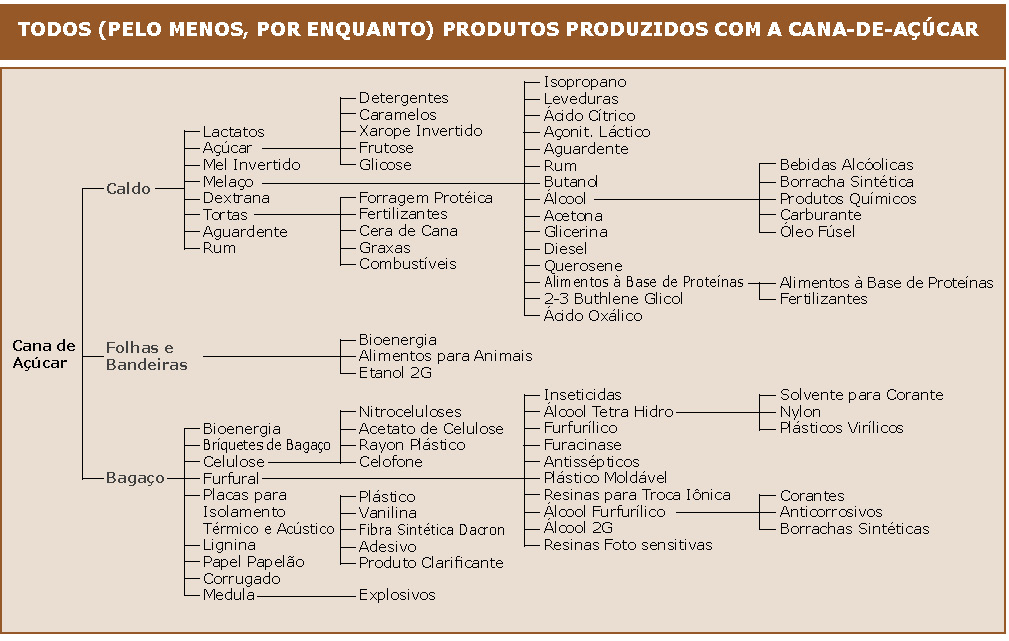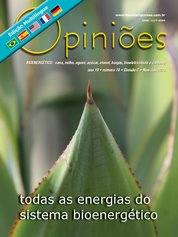Luiz Carlos Dalben
Presidente da Agrícola Rio Claro
OpAA74
Cana-de-açúcar: do facão ao drone
Para falar da cultura da cana-de-açúcar no Brasil, temos que lembrar quando, em 1532, Martim Afonso de Souza trouxe, no porão de um dos navios que comandava, as primeiras mudas de canas para São Vicente, onde descarregou a primeira viagem e jamais imaginaria que estaria iniciando um ciclo que transformaria o Brasil no maior produtor mundial de cana e que só o estado de São Paulo teria uma lavoura maior que a da Índia, segundo maior produtor.
Essa planta que, em um passado muito distante, foi considerada ornamental, se transformou na maior e mais completa cultura energética do planeta. Passou por várias provações, sendo vilã de juízes, promotores, ambientalistas mal informados etc., até que tivesse seu reconhecimento por técnicos, cientistas e estudiosos como produtora de energia limpa.
Trazida ao Brasil apenas para produzir açúcar e adoçar os diferentes paladares, transformou-se num “banco energético” limpo e renovável. Sua dificílima genética associada a grandes avanços tecnológicos fizeram da cana-de-açúcar uma matéria-prima para biocombustível reconhecidamente avançado e, com a criação do Próalcool na década de 1970, ganhou avanços, passando pelo famoso “rabo de galo”, mistura do anidro à gasolina substituindo o chumbo tetraetila, até chegar ao carro flex nos anos 2000. Muito recentemente, renomados pesquisadores desse setor estão dando um passo gigantesco, produzindo hidrogênio verde a partir do etanol e movendo veículos de uma forma estupidamente limpa, colocando o carro elétrico à marginalidade dos modelos, pois a maior parte da energia produzida na Europa, China, Canadá, EUA, Oriente Médio e outros é de origem fóssil ou atômica, emitindo gases de efeito estufa antes mesmo de ligar o veículo na tomada elétrica.
O compromisso da sociedade mundial com a redução de emissões associado à crise energética na Europa e mundo afora necessita de fontes limpas, e a cana é, sem dúvida, uma delas. Nessa linha de biocombustíveis e renováveis, temos também o biometano, através da transformação da vinhaça, sendo mais um combustível limpo para substituir parte do diesel fóssil.
O etanol 2G, cuja tecnologia vem sendo aprimorada e buscando reduções nos custos de produção, é, sem dúvida, uma alternativa que vai aumentar a produção de etanol por área de cana plantada. Nesta biorrefinaria onde se produz energia elétrica a partir da biomassa, biocombustíveis e alimentos a partir caldo, não podemos nos esquecer da produção de leveduras para consumo humano e animal e da famosa cachaça, entre muitos outros produtos, como vemos no quadro em destaque (não faço a menção do autor, por não ter conseguido identificá-lo). A partir do bagaço, tem-se o volumoso para complementação da alimentação animal, bagaço peletizado, e ainda aproveitamos parcialmente a palha da cana, seja através de enfardamento no campo ou como cana integral e separação na indústria.
Mais recentemente, estamos vendo o crescimento genético da cana-energia, que surge como uma opção avançada para o setor, tanto em energia como em biocombustíveis. Da porteira para dentro, geramos milhares de empregos, renda, desenvolvimento e tecnologias ligadas aos compromissos sociais e ambientais. O programa de biocombustíveis do setor é uma referência mundial, que muitos países gostariam de ter ou copiar. O Brasil, com características territoriais continentais, clima, luz, solo e logística favorável, foi “premiado”, pois esse programa exige extensas áreas, embora a cultura da cana ocupe apenas 9,5 milhões de hectares, pouco mais de 1,4% da área com agricultura existente hoje no País.
Da porteira para fora, somos gigantes e grandes clientes de insumos agrícolas, como fertilizantes, corretivos, defensivos, produtos biológicos, etc. Na indústria de transformação e montadoras, EPIs, ferramentas, veículos, máquinas, colhedoras, caminhões e os mais variados e sofisticados equipamentos agrícolas. O setor está presente em todas as redes de postos de combustíveis e agências de manutenção automotivas afins. Em tecnologia, saímos do facão, passando pela TI, satélite, GPS, piloto automático e utilizamos, atualmente, drones para controle de dados, distribuição de insumos e controle de pragas.
As entidades de pesquisas e desenvolvimentos estão intimamente ligadas ao setor, e a busca por novas variedades de canas mais produtivas aliadas às mais variadas técnicas são uma constante no setor, bem como a troca constante de informações e tecnologias em eventos e reuniões técnicas. O Brasil está muito presente no processo de descarbonização mundial, à frente dos países que nos cobram resultados, e ocupa lugar privilegiado; o complexo cana está inserido nesse contexto e representa, hoje, 19% da energia renovável no Brasil.





